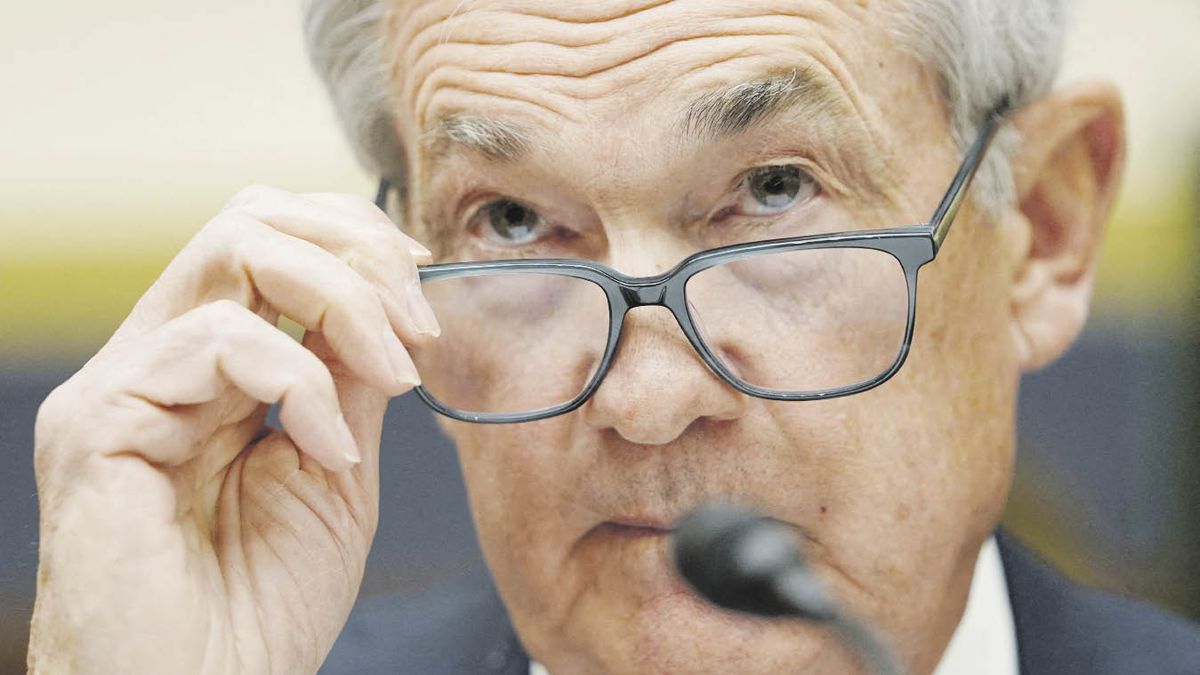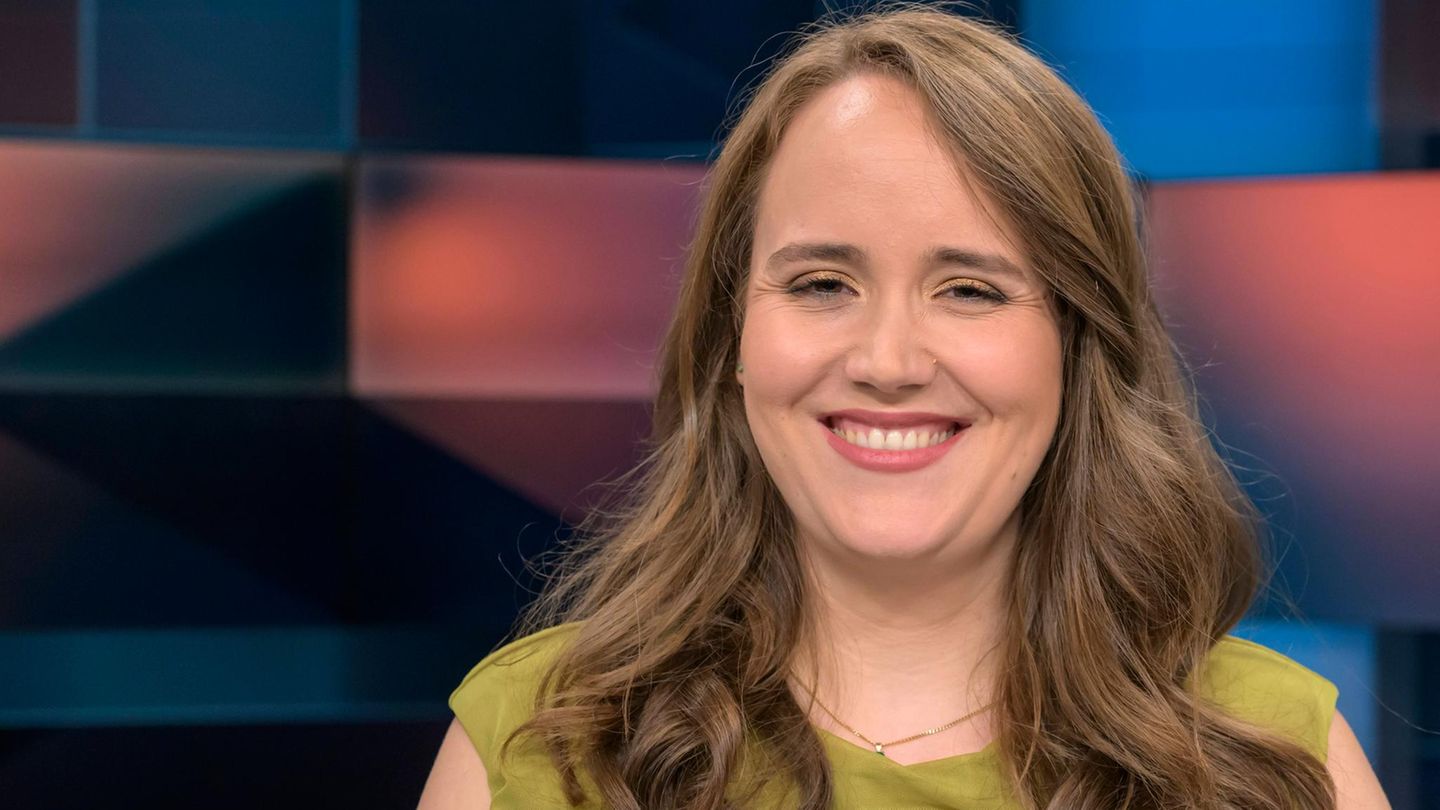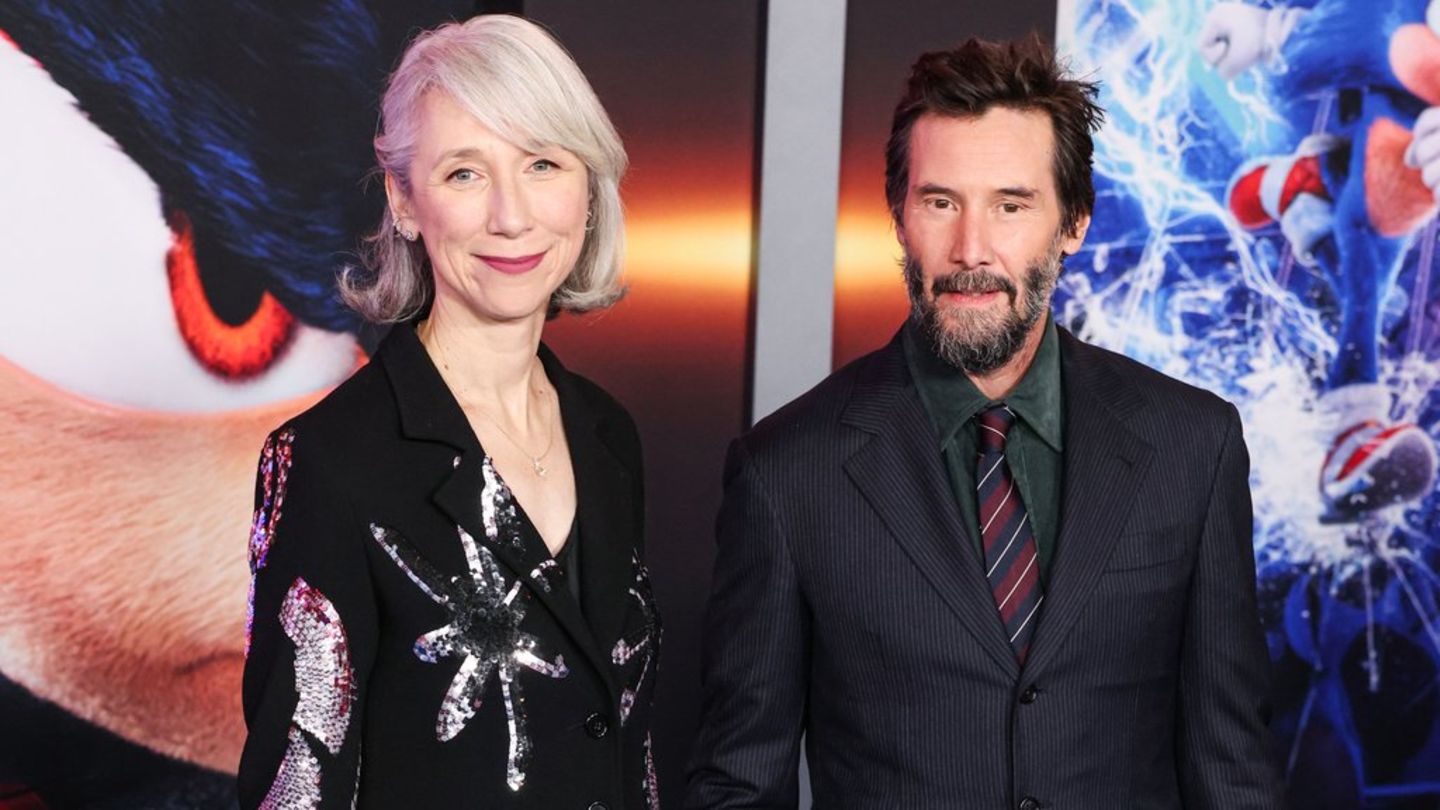The Federal Reserve of the United States (Fed) will define this Wednesday in Washington if again the reference interest rate increases in its objective to control inflation and by how much it does so, or if, on the contrary, it decides to maintain them, amid uncertainty in the financial system after the collapse of two banks in the US and one in Europe.
After a year of permanent rate increases as a result of rising inflation, the agency is facing a very complex scenario due to the bank collapse that transferred fears of a financial crisis to the entire system.
The market will also pay attention to the tone of the speech given by Jerome Powell, head of the organization, in an environment of tension between his employment and inflation targets, and increased financial fragility and in full view of all
Based on the Silicon Valley Bank case, the Fed implemented a Bank Term Financing Program —BTFP, for its acronym in English—, which is added to other tools to provide liquidity to the needy banking system. This lost 8.6% of its liquid assets versus the average of the last year, due to deposits that are moving to more profitable placements, they recalled in the market.
Now, what will be the effect on the market on the range of possibilities that the Federal Reserve has on the table?
On the one hand, if you increase the interest rate by a large magnitude, you run the risk of severely affecting the level of activity, asset prices and deactivating incentives for investmentwhich could lead to the start of a recessive cycle.
For Delphos Investment, “if the Fed raises the rate, the stress on the banking system increases, which it may seek to mitigate with the provision of liquidity. This would be a bet that inflation will drop fast and enough to lower rates on time. And the banks that would suffer the most would be the small ones, which account for 50% of commercial and industrial loans, 45% of consumer loans, and 80% of commercial mortgage loans”. its profitability.
On the other hand, If the Fed chooses a slower and smaller tightening path, or decides to stick with it, it faces the danger of having to live with an inflation rate for a long time, which in the long term will also affect the level of activity, the price of assets, the value of the dollar, and may also end in a recession.
“If the Fed stops raising rates, it jeopardizes its inflation target, and a long rate hike that still sends the credit cycle squarely into a contractionary phase,” Delphos said.
“We think somewhat more likely that the Fed will look to buy time with a similar imprint to the ECB: rising 25 bps and looking to convey confidence in its ability to maintain the stability of the banking system. But we will have to be attentive to the Fed’s decision and communication, and to the market’s reaction,” he added.
On March 16, 2022, the Federal Open Market Committee (FOMC) decided the first of the eight interest rate increases that it has completed so far, leaving behind an unusual range between 0% and 0.25% that began when Alan Greenspan was in the Fed chair.
Despite all the adjustments, from the initial 0%/0.25% to the current 4.25%/4.50%, the United States economy had to live with an inflation rate that largely exceeded 9% per year in mid 2022.
Furthermore, many Wall Street analysts point to the Fed as responsible for the banking crisis. They not only attribute that responsibility for their zero rate policy for many years, but also for the speed of adjustment of their reference indicator in the last year.
The force of the rate rise served to moderate inflation, but it also caused the parity of Treasury bonds to fall due to the rise in interest, and this affected the assets of financial institutions that had these titles as their main asset.
Source: Ambito
I am a 24-year-old writer and journalist who has been working in the news industry for the past two years. I write primarily about market news, so if you’re looking for insights into what’s going on in the stock market or economic indicators, you’ve come to the right place. I also dabble in writing articles on lifestyle trends and pop culture news.




